ANTIBIOTIC RESISTANCE IS IDENTIFIED AS THE MAJOR THREAT FACING HUMANITY
Bigger already than AIDS or Malaria and a threat increasing more rapidly than even the most pessimistic estimates of a couple of years ago. In 2019 1.3 million deaths directly due to resistant bugs and 4.95 million associated with Antimicrobial Resistance (AMR). This could mean you die from a minor scratch or that cancer, joint replacement and other surgeries become almost impossible.
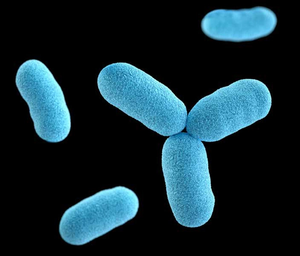
WHY NOT FIND A NEW ANTIBIOTIC?
It’s not that simple. Neither the science nor the economics are moving in the right direction. Even if you’ve got a great new antibiotic it will be kept as a last resource treatment. And even then resistance will emerge in time. Using a new antibiotic in animal health would accelerate this spread of resistance.
What if you could find an antimicrobial to which resistance doesn’t develop? They do exist. But there is a big but . they are highly reactive and damaging to the patient or animal. What we do, is take safe precursors for one of these molecules and deliver it to the site of infection where its controlled release and concentration ensure it only acts to kill the bacteria or limit the infection. Not unlike safely delivering a toxic molecule to a tumour site in cancer treatment.
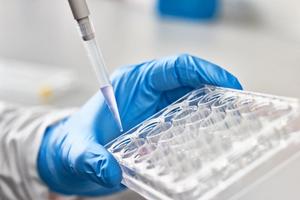
IN FEED ANIMAL CARE WE HAVE ADAPTED THIS SCIENCE
...to deliver preventative treatment by either water or feed that not only controls resistant bacteria, but can be tailored to deliver enhanced well-being to the animal, be it chicken or pig or other as well as more efficient growth and feed conversion. A win win for the animal, the farmer and the consumer. We will soon have to feed 9 billion people globally.
By combining nanotechnology drug delivery with our chemical expertise, we have created microparticles that release high energy oxidative species (peracetic acid and hydrogen peroxide) in a safe and controlled way.
We apply Thermally Induced Phase Separation (TIPS) which is a ‘dry’ process and employs freeze-drying instead of washing, to produce microparticles, loaded with oxidative precursor species tetraacetylethylenediamine (TAED) and sodium percarbonate (SP). These precursors are loaded into a polymeric matrix.
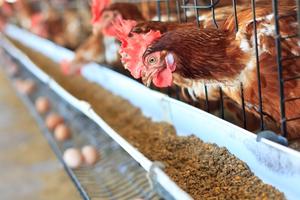
Zinc Oxide
Zinc oxide is used across the pig sector to aid in the health and welfare of weaned pigs since the early 90s, and it is estimated 70-90% of starter diets contain therapeutic levels of zinc oxide. However it has been linked environmental pollution and will be phased out by 2022 as directed by the European Commission. A suitable and sustainable alternative is required to ensure the withdrawal of zinc oxide can be implemented without leading to an increase in antibiotic use or a decrease in the welfare of weaned pigs.
Our study carried out with SRUC (Scotland’s Rural College) assessed the potential of peracetic acid to replacement in-feed supra-nutritional zinc oxide. Weaning associated diarrhoea was reduced by peracetic acid and offers significant benefits in that pH is controlled in a safe and effective range and a dynamic equilibrium of peracetic acid and hydrogen peroxide is created.
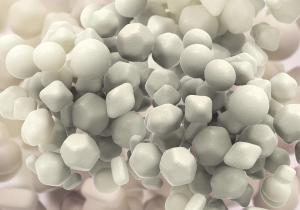
ENVIRONMENTAL BENEFITS
Our treatments also deliver residues to the environment that are both biodegradable and benign and can replace alternatives that pollute and damage both locally and by spreading in water courses widely result in major environmental degradations, for instance metal and chemical pollutants.
READ MORE ABOUT APPLICATIONS
LATEST NEWS
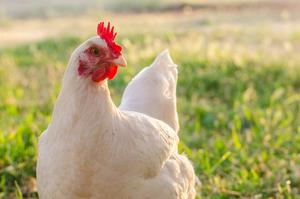
WPSA UK Annual Spring Meeting
AGA Nanotech partner SRUC will be presenting our latest results at WPSA's Spring Event.
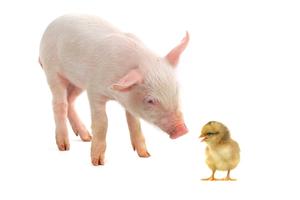
The British Pig and Poultry Fair
AGA Nanotech will be visiting the The British Pig and Poultry Fair. The fair takes place at Stoneleigh Park on May 10-11.
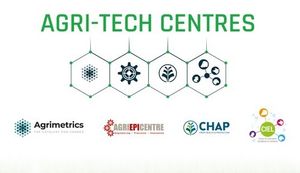
Agri-Tech and Environmental Sustainability
Explore technology's role in environmental sustainability with experts from industry, research, policy and the four UK Agri-Tech Centres.

